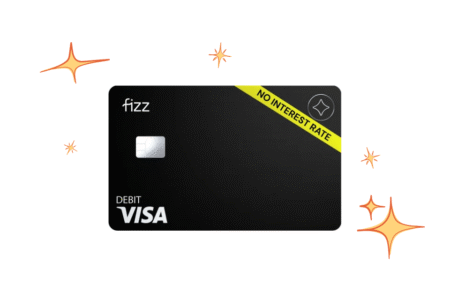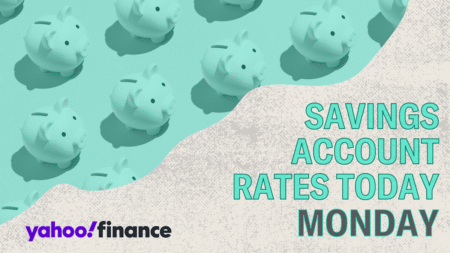If you’ve ever noticed a tiny, unexplained charge on your bank statement — maybe just a few cents — it might not be a harmless glitch. Those “phantom payments” could be a warning sign that a scammer is testing your account. Once they confirm the account is active, larger fraudulent charges often follow.
As the busy holiday shopping season approaches, it’s more important than ever to be aware of your account activity and on the lookout for suspicious transactions. Let’s take a closer look at how phantom payments work and what to do if you see one.
When was the last time you combed through your bank statements and reviewed each individual transaction? If you’re like many people, it’s probably been a while. Often, we don’t pay close attention to account activity unless there’s a major red flag, like a large unauthorized payment. And that’s what many scammers count on.
A phantom payment is a small, easily overlooked charge that you never authorized. Scammers use them to test whether your account is active — and see if you’re paying attention to it — before stealing a larger amount.
“These small authorizations — a way to confirm that your card is active — are the first clear sign that fraudsters are targeting you, and any future charges are likely to be more costly,” said Danai Antoniou, a former fraud systems engineer and current co-founder and chief scientist at Gradient Labs, in a statement.
Read more: 7 common banking scams (and how to avoid becoming a victim)
Phantom payments are typically for odd amounts — think: $0.37, $1.12, or $2.19 — that don’t correspond to any purchase you remember making. Scammers use small figures to avoid triggering fraud alerts or suspicion on your part.
That means you have to be diligent about reviewing your transaction history to catch them.
Start by reviewing your statements on online banking activity for pending charges you don’t recognize. In addition to small, odd amounts, keep an eye out for generic or unfamiliar merchants, such as “Test” or “Payment Processing,” or a business located in another state or country.
You can also set up bank alerts so that you’re notified each time a new transaction is posted to your account.
If you do notice suspicious charges, the first step is to contact your bank and make them aware. They will likely freeze your card and send you a new one with different payment details. You should also report it to the Federal Trade Commission.
Next, update your payment information for any recurring transactions or autopay bills; otherwise, you could miss a payment and get hit with late fees.
It’s also a good idea to set up multifactor authentication for your accounts and set a calendar reminder to periodically change your banking passwords.
And finally, review your credit reports to ensure you haven’t already been the target of identity theft, which could result in fraudulent accounts opened in your name.
Phantom payments, no matter how small, shouldn’t be ignored. These payment scams are just the first step in what could be a series of fraudulent withdrawals that can add up.
If you suspect your account has been compromised, make sure to act quickly so you can keep your money and personal information safe.
Read more: Is it safe to link your bank accounts to financial tools and apps?
Read the full article here












